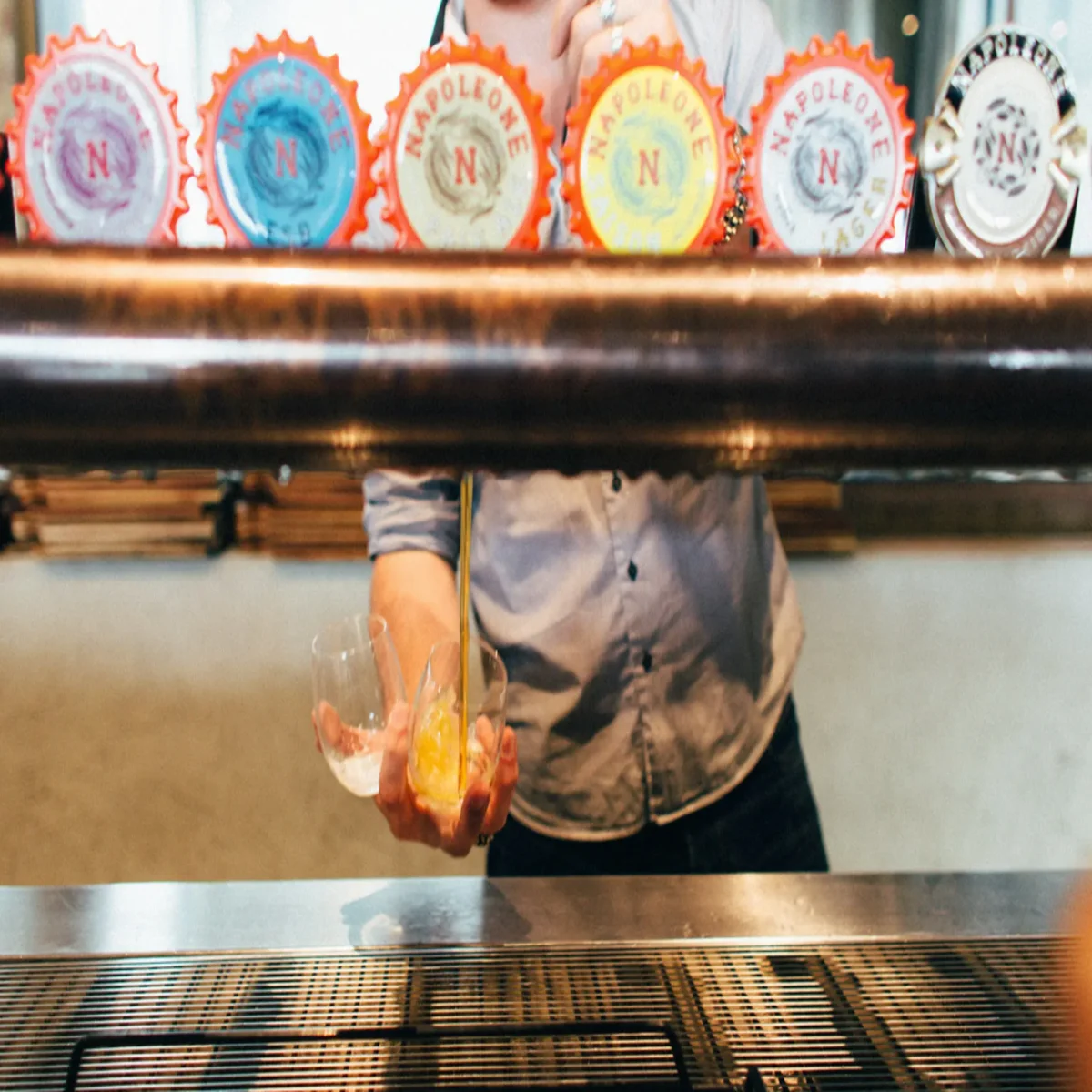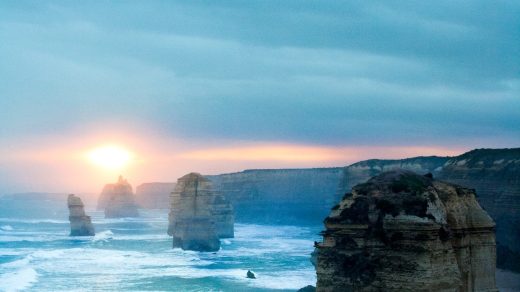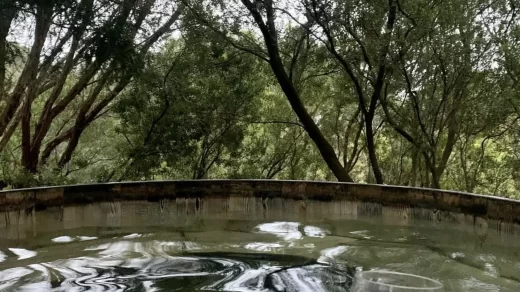Yarra River
The Yarra River is integral to an Aboriginal cultural landscape, encompassing traditional Wurundjeri People’s Country. Parks Victoria acknowledges the profound and enduring connection that the Traditional Owners have to this land and water and acknowledges their ongoing responsibility to preserve the Country.

The Yarra River starts in the Great Dividing Range, meanders through the Yarra Ranges and regional towns, and ultimately flows into Port Phillip Bay.
The Yarra River is an iconic waterway in Melbourne with spiritual and cultural significance to Aboriginal communities. The river, known as Birrarung to the Wurundjeri people, was a vital life source and an important meeting place. Locals have fond memories of personal experiences and exploring the river.
Visitors can choose from various activities along the Yarra River, including river cruises, exploring the Capital City Trail, canoeing or kayaking, or having a picnic on the river banks.
The Yarra River hosts various events throughout the year, including the Moomba Festival, regattas, rowing races, the Dragon Boat Festival, and many community events catering to diverse interests.
Rivers, lakes, and reservoirs provide natural habitats where hazards may be present. It is essential to follow water safety rules for a safe and enjoyable experience on the Yarra River.
Activities in the vicinity
Herring Island, located on the Yarra River, is an artificial island offering a sanctuary for nature and art enthusiasts. Environmental sculptures crafted from natural materials can be found throughout the island, enhancing its peaceful atmosphere and providing a delightful outing for visitors. Annually, the Herring Island Summer Festival showcases contemporary Australian art, drawing in crowds to enjoy the vibrant celebrations.
Canoeists and kayakers can explore lesser-known locations on short river trips, such as Jumping Creek to Warrandyte and Sweeneys Lane to Westerfolds.
The park is called Herring Island Environmental Sculpture Park
Herring Island is a 3.2ha artificial island on the Birrarung (Yarra River) in South Yarra, Naarm, about 4kms from the city centre.
Visitors can access the island by taking the free punt service on weekends and public holidays from January until Easter or using their boat, canoe, kayak, or paddleboard.
The island is well-known for its unique sculpture park, and the trail that meanders through these sculptures is highly recommended for visitors.
Herring Island is an environmentally significant area with a variety of native vegetation, including River Red Gum, Silver Wattle, Manna Gum, Drooping Sheoak, Southern Mahogany, Wallaby and Spear Grass, Chocolate and Bulbine Lilies, and native Everlasting Daisies.
The island’s vegetation is home to various bird species, such as Honeyeaters, Willie Wagtails, Cormorants, Darters, Kookaburras, Magpies, Wattlebirds, and Herons. Waterbirds like the Pacific Black Duck, Maned Ducks, and Dusky Moorhens can also be seen foraging within the reeds. Additionally, possums, lizards, and snakes inhabit the island.
Herring Island history
Herring Island is the only substantial island on the Yarra River. It was originally a basalt quarry in the 1800s. In 1928, a river channel was cut through the disused Richmond quarry, creating the island and altering the river’s course. Basalt outcrops can still be seen on the northern corner of the island. The island was submerged in a flood in 1934, leading to the rebuilding of levee banks and revegetation efforts.
Between the 1950s and 1970s, the Scout Association of Australia leased an island previously known as Como Island. In 1952, the Scouts changed the island’s name to Herring Island in recognition of the association’s president, Sir Edmund Herring.
During the 1990s, the island came under the management of the state government and in 1996, Parks Victoria, in partnership with Maudie Palmer, created the concept of an Environmental Sculpture Park. Sculptures were gradually added to the island over the next five years to complement its natural beauty and recreational opportunities, offering a peaceful escape from the city.
Yarra Bend Park
Yarra Bend Park is Melbourne’s largest natural bushland park. Visitors can enjoy the leafy grounds and abundant wildlife while walking or biking its many trails. You can also picnic, walk your dog, or play golf. You can hire a canoe, paddle upstream, and spot flying foxes at the historic Studley Park Boathouse.
Yarra Bend Park consists of wild river escarpments, open woodlands, formal parklands, and sports fields to explore.

The Dights Falls Walk offers the opportunity to explore a variety of landmarks, including a former asylum, the river red gum landscape of Galatea Point, Deep Rock, and the iconic Dights Falls.
Dights Falls, located in the park, is known for its artificial weir built in the 1840s to supply water to the Ceres Flour Mill, one of the first in Victoria. The falls were later named after the mill’s owners.
If you want a more organised holiday and you like Yarra Valley? Join the Yarra Valley winery tours, and you will learn about the region’s unique history and taste exquisite vintage wines and local produce. It’s an experience you’ll always cherish!
Water safety
- It is essential to be aware of the conditions and your capabilities.
- Only swim where permitted.
- It is recommended not to swim alone.
- It is essential to always wear a life jacket while boating.
- Never swim near waterfalls.
- It is advisable to avoid jumping off piers and jetties.
- Please adhere to all safety signage and barriers.


